The Greek islands and their beaches; By Gary Griggs
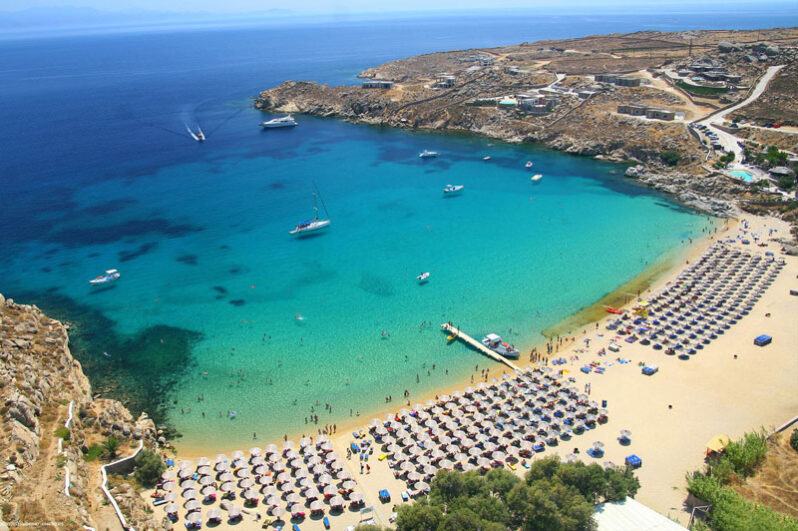
The Eastern Mediterranean, including dozens of Greek islands, have a complex geologic history. This area has been the site of both a primitive ocean that existed 250 million years ago that preceded the present day Mediterranean Sea, and also an area where several very large tectonic plates have been converging for eons.
Skara Brae Beach, Scotland: Thoughts on the Short and Long of Sea-Level Rise; By William J. Neal
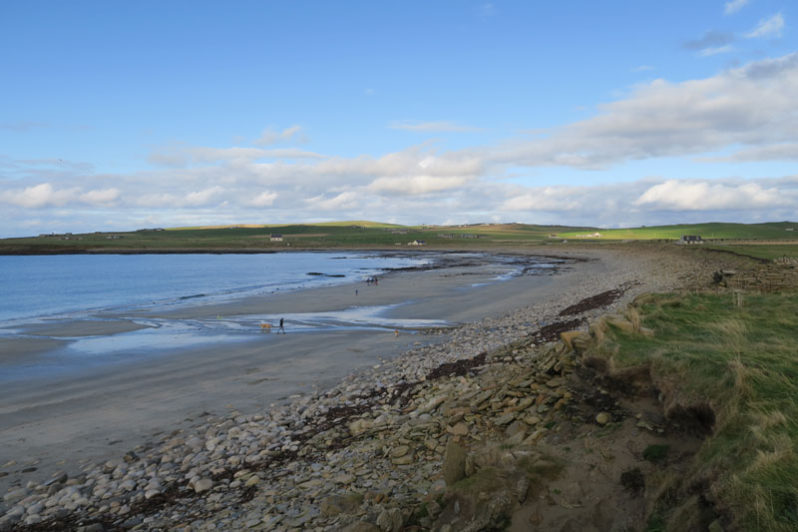
Perceptions based on the present bias our perception of the past and future. A static view of our environment is misleading. The human association with water, particularly shorelines, is a case in point. We do not perceive the history of place, and globally we occupy sites as if they are unchanging, not realizing that in fact they are of high risk.
To Our Contributors

Our deepest gratitude and thanks to our talented and inspiring Beach Of The Month authors and Photo Of The Month photographers contributors.
—Santa Aguila Foundation – Coastal Care
Kamchia-Shkorpilovtsi Beach, Bulgaria – II; By Rob Young, Margarita Stancheva & Hristo Stanchev
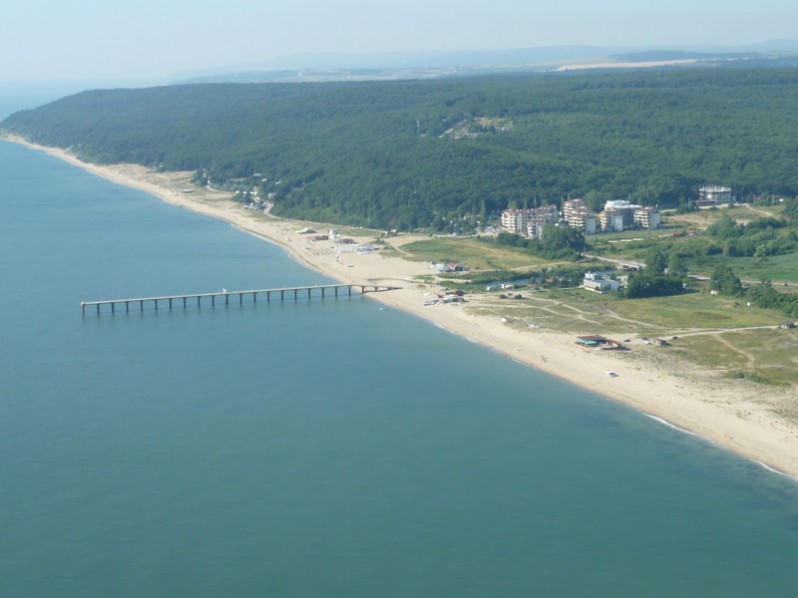
In celebration of Coastal Care’s 10 Year Anniversary, we are republishing an acclaimed selection of the most popular Beach Of the Month contributions of the decade.
Anegada, British Virgin Islands – II ; By Andrew Cooper
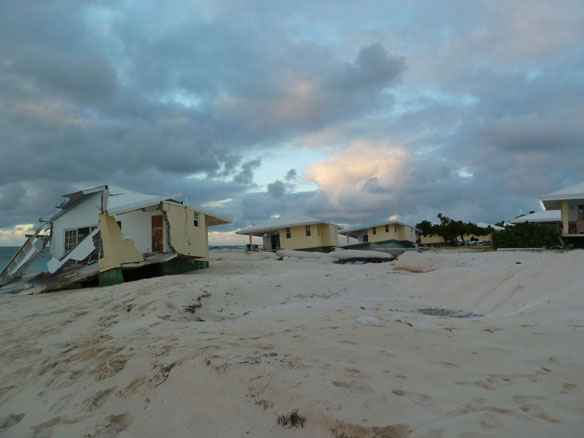
In celebration of Coastal Care’s 10 Year Anniversary, we are republishing an acclaimed selection of the most popular Beach Of the Month contributions of the decade.
The end of the world’s most famous beaches – II ; By Orrin H. Pilkey and J. Andrew G. Cooper

In celebration of Coastal Care’s 10 Year Anniversary, we are republishing an acclaimed selection of the most popular Beach Of the Month contributions of the decade.
Santa Veronica Beach, Atlantico, Caribbean coast, Colombia: A model of small community, beach loss, wrong responses; By Nelson Rangel-Buitrago, Adriana Gracia & William J. Neal

Santa Veronica is one of numerous recreational beach developments along Colombia’s Caribbean Coast most sharing a similar history of shoreline retreat, perceived as shoreline erosion, and the attempt to hold the shoreline in place through the use of shore-hardening structures.
Big Talbot Island’s Blackrock Trail; By Cecelia Dailey
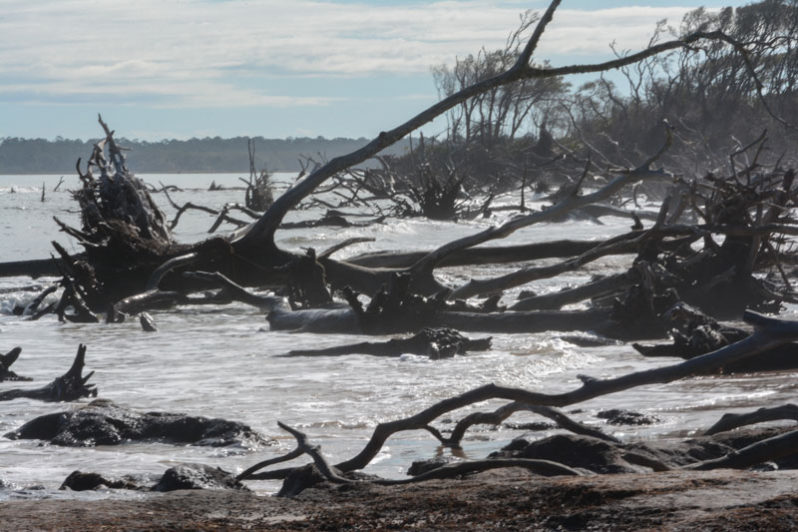
The locals call it “lava beach”—a misnomer which leads some to believe the unique formation found here are igneous in origin. But these mystifying “black rocks” crumble to the touch, staining the hands, feeling gritty with sand. Although many are black, these “rocks” are sometimes light colored, deep red or burnt brown.
Terraces and Towns; By Gary Griggs
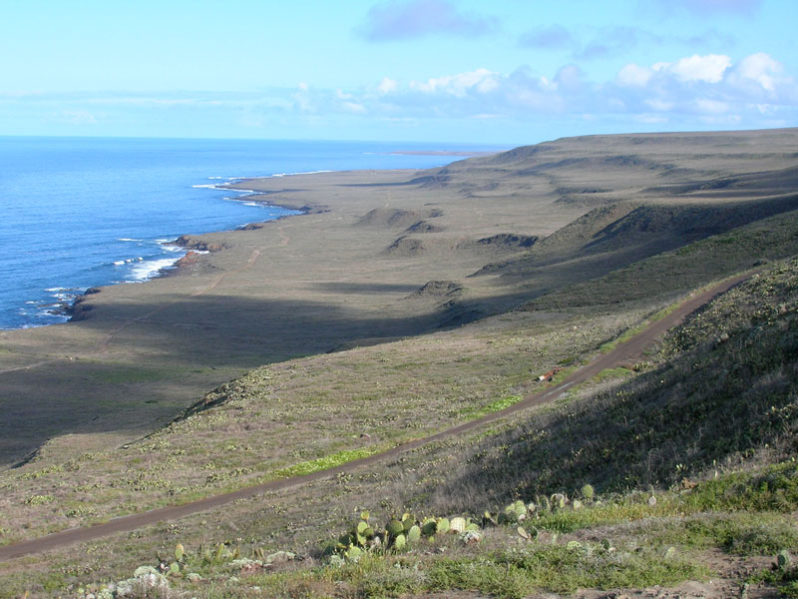
The geologic history of California’s north coast is evident in the typically steep relief and coastal landforms. This is an area where a drive along much of the narrow lanes of State Highway One along the often steep coast is always an adventure and where it’s never wise to take your eyes off the road for very long. Most of the beaches occur at the mouths of the coastal streams.
